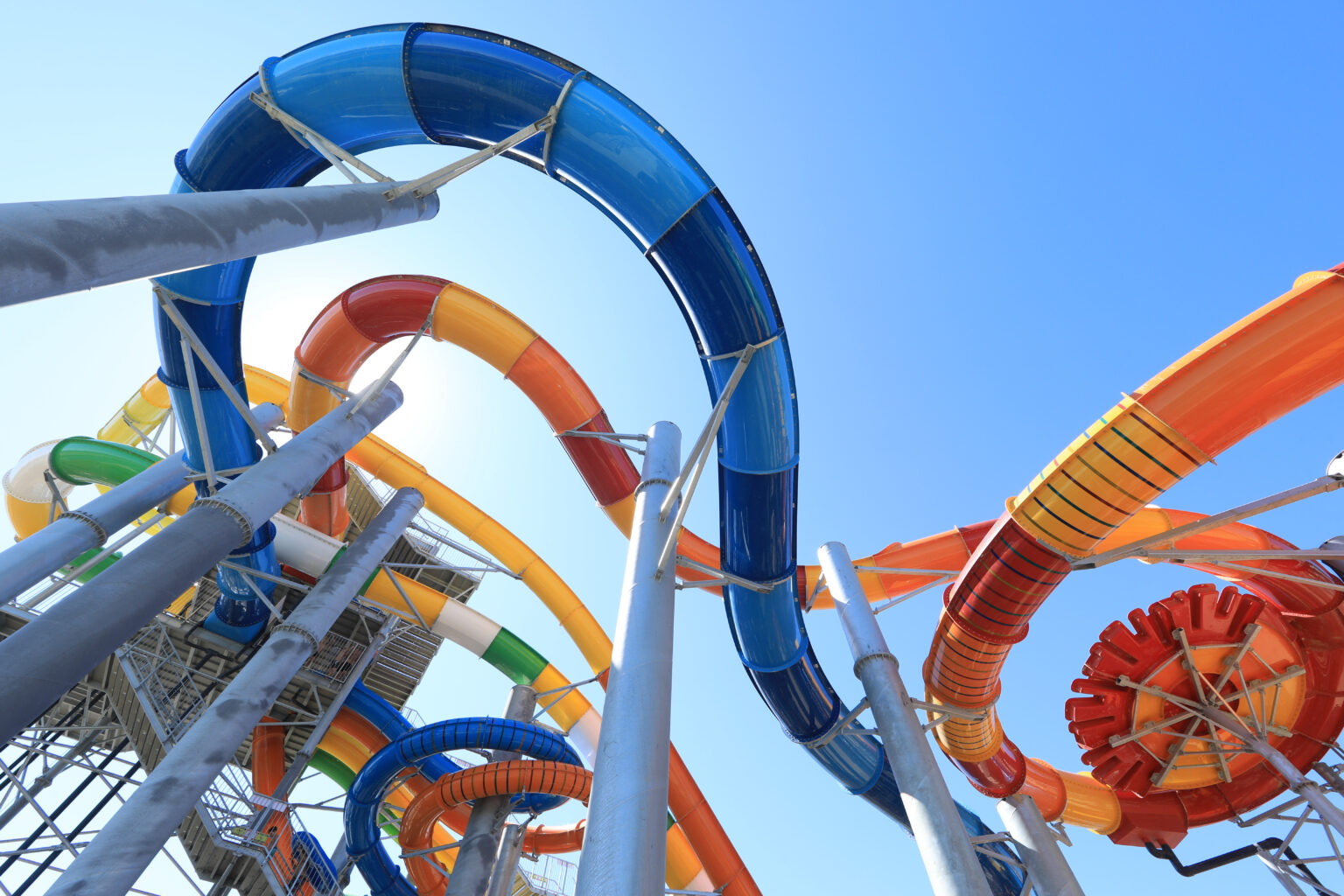Water parks are undeniably popular spots for tourists, drawing massive crowds during the summer season. In fact, Texas is home to some of the nation’s largest water parks. However, it’s crucial to address the safety concerns that accompany these thrilling attractions.
If safety measures are compromised by water park operators or manufacturers, the outcomes can be catastrophic, leading to severe injuries for visitors.
It’s important to understand how negligence can be a factor in a water park’s design and operations — this way, you can identify who is responsible for your injuries and help prevent similar incidents from happening in the future.
What are the most common injuries at Texas water parks?
There are over 1,300 water parks operate nationwide, drawing in 85 million visitors annually. The Consumer Product Safety Commission (CPSC) estimates that more than 4,200 individuals seek emergency room treatment annually for injuries sustained on public waterslides, including scrapes, concussions, broken limbs, and spinal injuries. It’s important to note that these figures exclude water park injuries requiring lifeguard assistance without hospital visits.
Here are some of the common injuries and incidents that can occur at Texas waterparks:
- Slip and fall incidents: Falls at water parks, particularly from high water slides, can lead to serious injuries such as bone fractures and spinal cord injuries. In addition, falls on slippery concrete surfaces can result in severe head injuries and broken bones. The added factor of young children running around increases the likelihood of slip and fall incidents, as children are more prone to losing their footing on wet areas or stairs.
- Traumatic brain injuries: Riding water slides can pose risks of head injuries, such as concussions. For example, in 2015, a water park slide was designed to drop riders rapidly and then slow them down into a shallow pool at the bottom. However, the water supply at the bottom of the slide wasn’t working, which led to a rider crashing into a wall and suffering a traumatic brain injury. This unfortunate event could have been prevented if the slide had been properly designed and maintained according to safety standards.
- Additional waterslide injuries: Dislocated shoulders, pelvic injuries, and neck injuries are common when sliding down a water slide, especially on inner tubes. Whiplash, neck strains, and back injuries can occur if the tube flips or turns quickly during the descent. Additionally, hitting the bottom of the pool can cause spinal injuries.
- Drowning: Drowning is always a frightening possibility at a water park, especially for children with limited lifeguard supervision. Drains at the bottom of pools can pose entrapment hazards for children, and wave pools also present a drowning risk if individuals fall off their tubes and become trapped underneath the water. Near-drowning experiences can even lead to brain damage due to oxygen deprivation.
- Chemical Leaks: At a popular water park near Houston, a chemical leak made over 60 people, including young children, sick in 2021. The incident affected even the lifeguard at the kiddie pool, leading to respiratory issues, burning eyes, and skin irritation among dozens of parents and children.
- Waterborne Illnesses: People can become sick from certain germs in the water. Young children are especially vulnerable to these waterborne illnesses. For example, Daniel Stark recently helped a client who contracted E. coli at a waterpark and suffered several health complications. This was just one of several infections reported at the same park. An E. coli infection can cause stomach cramps, diarrhea, vomiting, fever, and in severe cases, life-threatening symptoms.
- Cuts and scrapes: Cuts and scrapes at water parks can be risky due to the potential for infection from waterborne germs and bacteria. Additionally, blood in the water can pose a sanitary risk for other visitors.
How are water parks regulated?
Water parks in the U.S. are overseen by state and local agencies nationwide. These agencies establish safety standards and conduct inspections to ensure parks comply with regulations. If a park fails inspection, it could risk losing its permit.
However, parks have previously operated for weeks or even months without approval, raising concerns about compliance with state law. While it’s uncommon for ride operators to let their insurance lapse or overlook safety inspections, there is still a possibility that water parks may operate for periods of the summer in violation of Texas state guidelines.
Here are some tips to ensure you and your loved ones stay safe when visiting a water park:
- Always check the maximum weight for rides. If there are no posted weight restrictions, be cautious and avoid attractions without this information available.
- Make sure young children are always supervised and, if they can’t swim, provide them with a flotation device.
- Familiarize yourself and your family with the water park’s safety rules and regulations.
- Refer to the Texas Department of Insurance for statistics on injuries at amusement parks and water parks in Texas. This can help you stay informed about the safety records of different attractions.
Unfortunately, some water slides and attractions may not adhere to proper design, maintenance, or lifeguarding procedures. If you get hurt at a waterpark, you might be able to seek the full value of your injury through a premises liability suit. This type of lawsuit holds the park owner or operator responsible for injuries caused by their negligence. If a loved one suffers fatal injuries at a waterpark, you might also have the option to file a wrongful death claim.
Contact an Experienced Water Park Injury Attorney
Injuries at theme parks can be prevented, which is why we strongly suggest reaching out to a Austin personal injury attorney if you or a loved one gets hurt at a waterpark in Texas. Whether the injury is caused by a ride operator or negligent maintenance practices, a skilled attorney can help you recover the full value of your injury.
A premises liability lawyer will assess your situation and help determine the best legal course of action to get your life back to normal. If you successfully prove the elements of a premises liability claim, you could receive compensation for your medical costs, loss of earning capacity, physical pain and future limitations, disfigurement, mental anguish, and the overall impact of the traumatic experience on your life.










